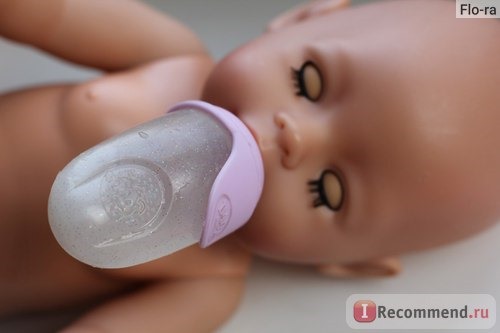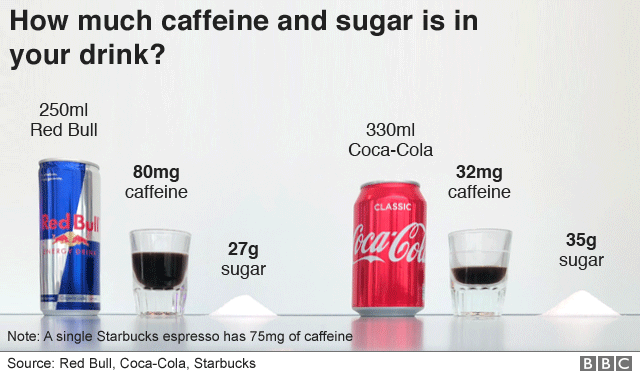How much does it cost to raise a child in nyc
The Cost of Child Care in New York: A Breakdown for 2021
Quick Links
- Average Monthly Cost of Child Care in New York
- Cost of Child Care In:
- New York City
- Buffalo
- Rochester
- Yonkers
- Syracuse
- The Hidden Costs of Child Care in New York
- FAQ
- Albany
- New Rochelle
- Cheektowga
- Mount Vernon
- Schenectady
Infant Care Costs $1,283 Every Month.
What can you buy for your child with $1,283? Here’s a quick list:
- 15 tickets to Knicks’ games.
- Over 250 BECs
Or… One month of child care in the state of New York.
Raising infants and toddlers is hard enough already—it’s a wonder that parenthood isn’t a national sport yet. But skyrocketing day care costs are making it nearly impossible for would-be parents to start their families.
New York is already one of the most expensive states in the nation: as a new parent (or an aspiring one) you’re probably concerned about how much it would cost to raise your child here. Lucky for you, this guide breaks down child care costs in the Empire State by age group and largest city. Ready? Let’s go.
Average Monthly Cost of Child Care in New York By Age
According to the Economic Policy Institute, child care costs for infants and toddlers in New York State average out to $15,394 annually, or $1,283 per month.
Assuming infants are between 0 – 18 months old, and toddlers are between 18 to 24 months, the NYC Comptroller used New York City data to determine that:
- Average child care costs for infants is $21,112, or about $1,760 per month.
- Average child care costs for toddlers is $16,380, or $1,365 per month.
- Average weekly child care costs for a child between 3 and 5 can cost $242/week, or $968 per month.
That means the cost of center-based care providers averages out to $18,746 annually. If you wanted to spend less than 8% of your income on center-based child care or day care, you’d need to be earning over $112/hour.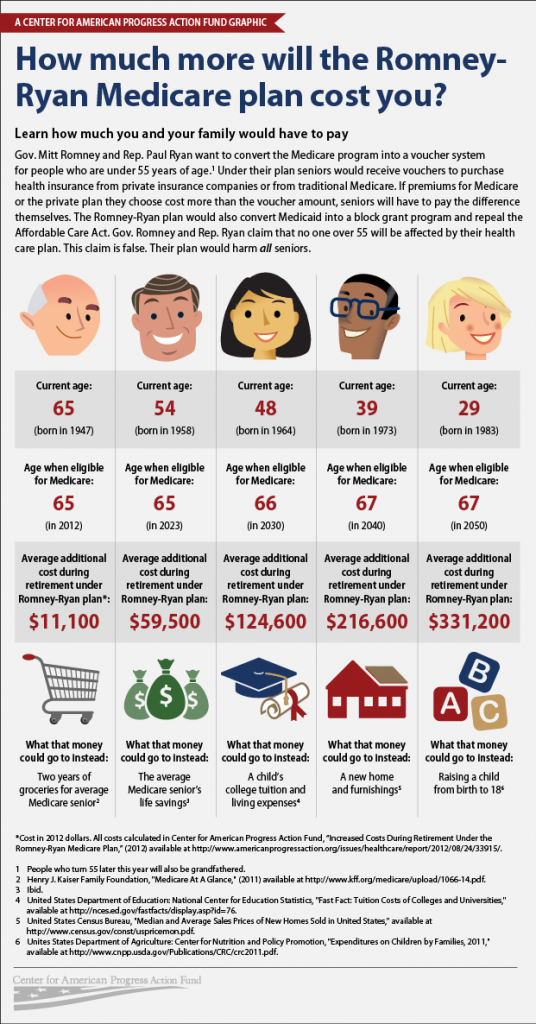 For context, that’s more than the average hourly wage of a New York City financial manager.
For context, that’s more than the average hourly wage of a New York City financial manager.
The Cost of Child Care in New York By City
For all following graphs in this section:
- Median monthly income data is obtained from the US Census results in 2019.
- Median rent is determined using Zumper‘s Rent Research tool (which may update results) .
- Infant care cost data (for children under 24 months) was found via statistical releases by State Senator Kirsten Gillibrand.
These values are compared for a sense of scale and context.
New York City
With a population of over 8 million, New York City is a global destination for all kinds of people—including new or aspiring parents. But the cost of child care can be steep. An average NYC family will spend:
- $16,250 a year for children under the age of 2, or $1,354 monthly.
- $11,648 a year on children between 3 and 5, or $971 monthly.
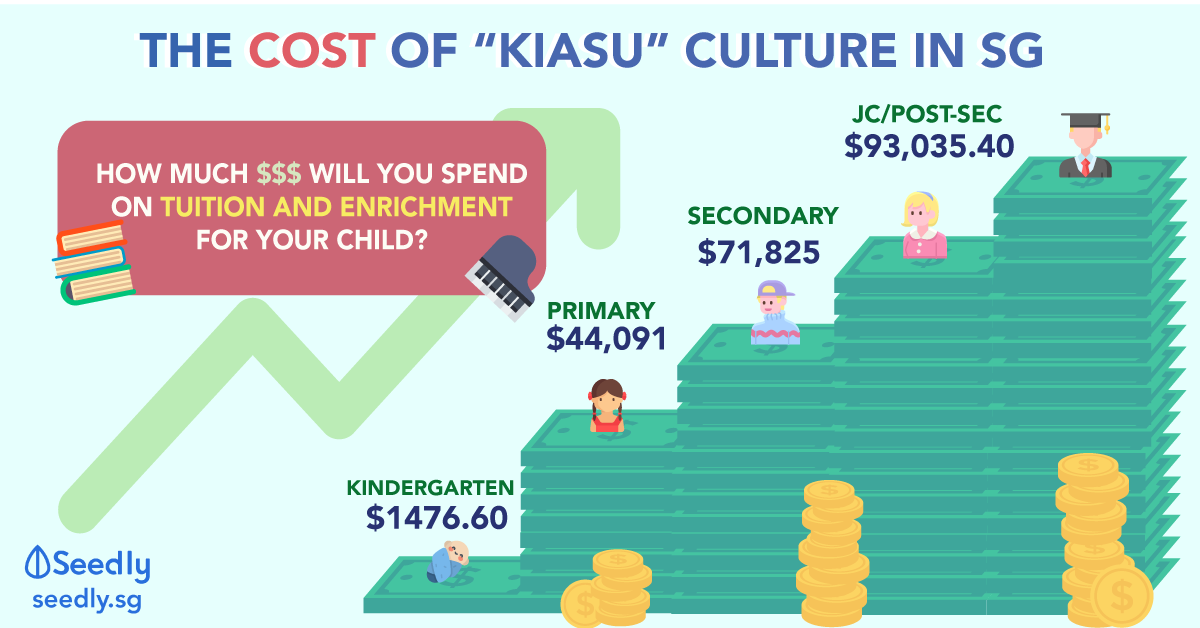
- $9,620 a year for school age children (6 – 12), or $802 monthly.
Median rent for a 1 bedroom apartment in New York City is $2,570 as of 2021. And based on US Census data, median monthly income in NYC comes up to $5,333.
Buffalo
Buffalo, NY, is home to the world’s favorite wings and over 250,000 residents, making it the second most populous city in the state. In Erie County, child care costs can amount to:
- $10,660 a year for children under 2, or $888 per month.
- $9,516 a year for children 3 – 5, or $793 per month.
- $9,204 a year for school age children, or $767 per month.
In 2019, the median monthly income in Buffalo was about $3,113, and according to Zumper, the median rent there is $1,045 as of July 2021.
Rochester
The City of Rochester is the third largest in the state—and it has the child care prices to match.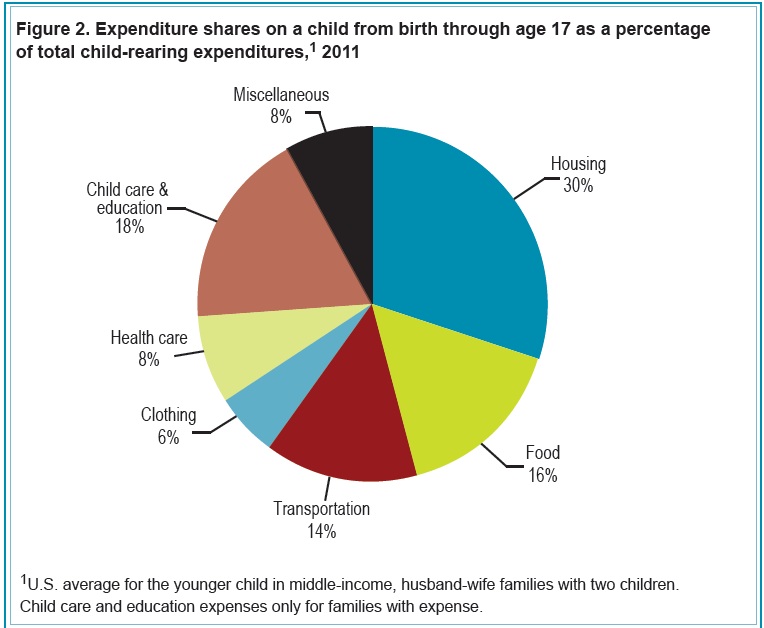 In the Rochester-Finger Lakes Region, average families spend:
In the Rochester-Finger Lakes Region, average families spend:
- $9,377 annually for children under 2 years old, or $781 monthly.
- $8,545 annually for children between 3 and 5, or $712 monthly.
- $7,782 annually for children 6 to 12, or approximately $649 per month.
Rochester citizens have a median monthly income of around $2,966, and pay a median rent of about $1,085 as of July 2021.
Yonkers
At a population of around 200,000, Yonkers is New York state’s fourth biggest city. Unfortunately, that also seems to correspond to exorbitant child care costs in Westchester County:
- $18,434 a year for a child under 2, or $1,536 per month.
- $14,248 a year for a child 3 – 5, or $1,187 per month.
- $13,624 a year for a child between 6 and 12, or $1,135 per month.
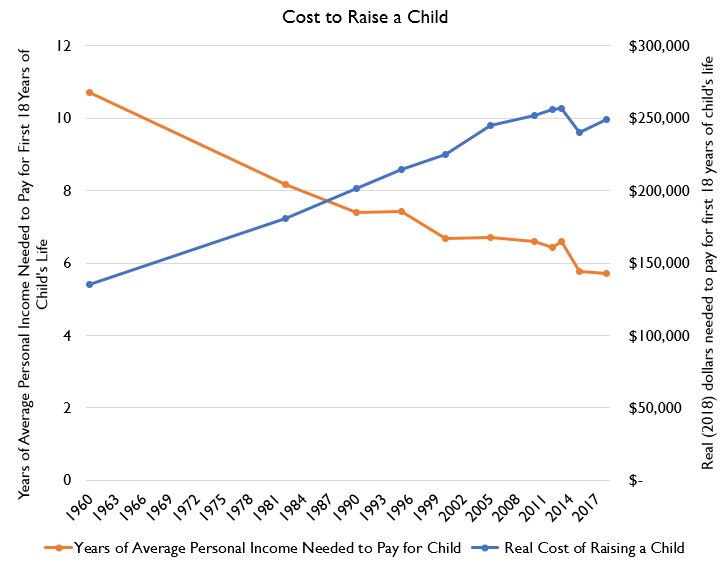
People who live in Yonkers have a median monthly income of $5,320 and pay a median rent of $1,964.
Syracuse
The fifth biggest city in New York State, Syracuse is known for its hefty snowfall—and hefty child care prices. In Onondaga county, parents will pay:
- $10,660 yearly in child care for kids under 2, or $888 per month.
- $9,516 yearly child care for kids 3 – 5, or $793 per month.
- $9,204 yearly in child care for school aged kids, or $767 per month.
Syracuse residents receive a median income of around $3,190 per month, and spend about $850 monthly as median rent.
Albany
Albany is the state capital, over 400 years old, and home to nearly 100,000 people. Adding to the list of big numbers is the cost of child care. In Albany county, parents can expect to pay:
● $11,362 annually for children under 2 years old, or $947 monthly.
● $10,140 annually for children between 3 and 5, or $845 monthly.
● $9,620 annually for children 6 to 12, or approximately $802 per month.
Albany households have a median monthly income at $3,819 and average rent at $1,125.
New Rochelle
The city of New Rochelle is the seventh biggest city in New York State, and since it’s in the same county as Yonkers, it’s burdened with the same child care expenses.
- $18,434 per year for kids under 2, or $1,536 per month.
- $14,248 per year for kids 3 – 5, or $1,187 per month.
- $13,624 per year for kids between 6 and 12, or $1,135 per month.
New Rochelle residents have a median income of $6,776 monthly and rent rates averaging out to $1,895.
Cheektowaga
With a population of less than 75,000 Cheektowaga may seem like a modest town, but it’s still the eight largest city in the state. Located in the same county as Buffalo, Cheektowaga has a similar child care expense sheet:
Located in the same county as Buffalo, Cheektowaga has a similar child care expense sheet:
- $10,660 annually for children under 2, or $888 per month.
- $9,516 annually for children 3 to 5, or $793 per month.
- $9,204 annually for school aged children, or $767 per month.
The median household income per month in Cheektowaga is $4,516, and the average rent is $935.
Mount Vernon
This is the city George Washington was buried in—unfortunately, this has no impact on child care costs. Located in Westchester county just like Yonkers and New Rochelle, child care expenditure is:
- $18,434 yearly for a child under 2, or $1,536 monthly.
- $14,248 yearly for a child 3 – 5, or $1,187 monthly.
- $13,624 yearly for a child between 6 and 12, or $1,135 monthly.

Mount Vernon median household income is about $4,992 a month, and rent comes out to $1,773 on average.
Schenectady
Schenectady county is home to around 65,000 New Yorkers. Even as the last city on this list, it doesn’t hold back when it comes to the cost of child care. In Schenectady county, families are on the hook for:
- $10,660 a year for kids under 2, or $888 every month.
- $9,516 a year for kids aged 3 to 5, or $793 every month.
- $9,204 a year for school aged kids, or $767 every month.
The households of Schenectady earn an average of $3,787 a month, and pay a median rent of $1,275:
Average infant care costs as a percentage of median monthly income by city.
City
- NYC
- Buffalo
- Rochester
- Yonkers
- Syracuse
- Albany
- New Rochelle
- Cheektowga
- Mount Vernon
- Schenectady
Infant Care (IC)
- $1,354
- $888
- $781
- $1,536
- $888
- $947
- $1,536
- $888
- $1,536
- $888
The Hidden Cost of Child Care In New York
While the cost of center-based care for infants and toddlers may be high, at least it’s a known cost.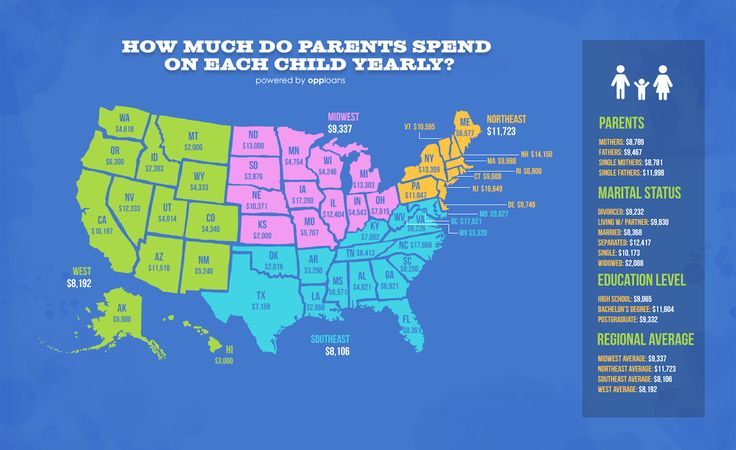 You can plan for it and budget accordingly. But what about unknown costs? The following are some of the external costs that many parents fail to anticipate:
You can plan for it and budget accordingly. But what about unknown costs? The following are some of the external costs that many parents fail to anticipate:
Travel
As of 2016, center based child care providers only had capacity for 6% of children under 2 in NYC. (This number changes from neighborhood to neighborhood). The further you are from a quality child care center or day care, the further you’ll have to travel for access.
Fees, Deposits, and Income
Child care providers can charge fees if you pick your child up late, or have strict rules about upfront safety deposits. Moreover, a half-hour commute to and from a day care may mean you’re missing out on extra shifts or earnings.
Formula and Food
Many child care providers require parents to bring their own formula, which means an additional fee for you. Baby formula can cost you up to $1,500 in your baby’s first year. Additionally, if your childcare provider doesn’t offer food that meets your child’s dietary restrictions or allergies, you will have to pay for those as well.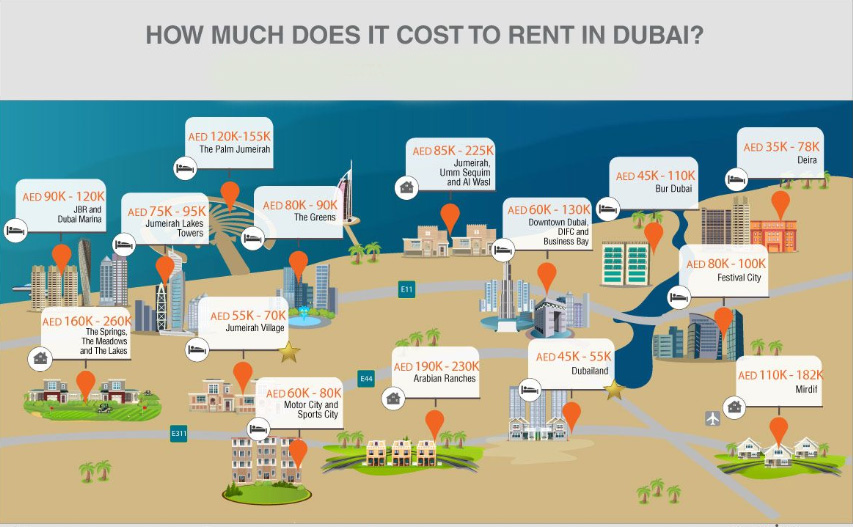
It’s Harder Than Ever For Families To Afford Child Care
When infant care is nearly 5% more expensive than average state rent and 94% more expensive than tuition at an in-state public college, there’s a problem. The U.S. Department of Health and Human Services states that an affordable cost of child care is 7% of annual household income or less. By that token, less than 10% of families in the state can actually afford child/day care. When you consider parents with two or more kids, things look even more dire.
So how much does child care cost in New York? You could spend anywhere from $1,000 to $2,000 a month on child care and related expenses, depending on where you live and your child’s age.
How New York Child Care Costs Compare Against the 10 states with the highest Child Care, preschool, infant care, and day care annual costs:
- Massachusetts ($20,913)
- California ($16,945)
- Minnesota ($16,087)
- Connecticut ($15,591)
- New York ($15,394)
- Maryland ($15,335)
- Colorado ($15,325)
- Washington ($14,554)
- Virginia ($14,063)
- Illinois ($13,802)
Frequently Asked Questions
What is a fair price for child care?
The Department of Health and Human Services (HHS) says child care should take up less than 7% of a family’s annual income.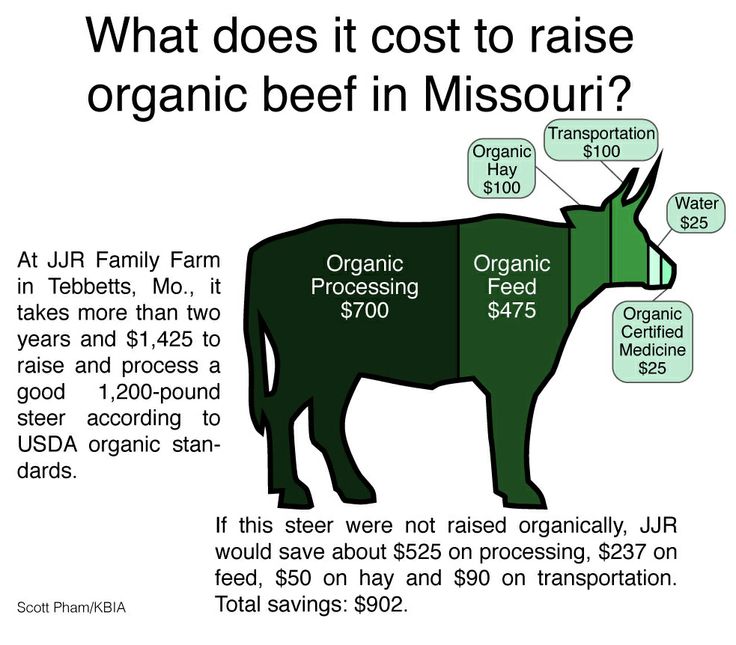 The US average price of child care is a little over $11,000 annually per child.
The US average price of child care is a little over $11,000 annually per child.
Aiming for this price and percentage should ensure you’re paying a reasonable price for child care each year. But depending on your state (Massachusetts, California, etc.) it may be impossible to find center-based care providers at this price range.
What is the average cost of daycare in New York?
Although prices vary widely, the DCCNY provides the following market rate guidelines (prices are per week):
- Less than 18 months: $371.00
- 18-24 months: $268.00
- 3-5 years: $242.00
- 6-12 years: $210.00
Is New York a good place to raise kids?
Every state has neighborhoods that are great for raising children. New York State boasts some of the best public schools, parks, and museums in the world—a great place for children to enrich themselves. Great choices include Battery Park City, Elmira, and Peekskill.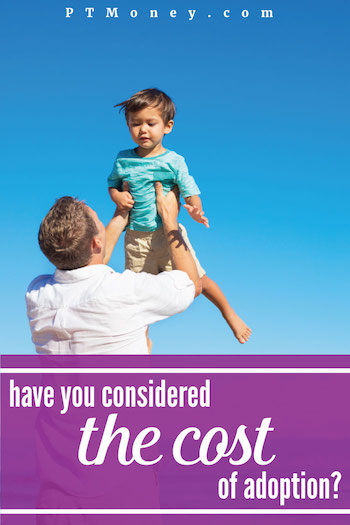
What is universal pre-kindergarten?
Universal preschool describes the push to enact policies that ensure all families can access government-funded, high quality preschool. With the cost of day care skyrocketing, and many families unable to afford children, universal pre-kindergarten could lead to more parental security across the nation.
It Could Cost You $500K To Raise A Child In NYC
A non-profit newsroom, powered by WNYC.
It Could Cost You $500K To Raise A Child In NYC
Donate
By
Rebecca Fishbein
Published Aug 19, 2014
Modified Aug 19, 2014
Go to commentsGet the news New Yorkers need in your inbox
Photo by Ry Pepper / FlickrBy
Rebecca Fishbein
Published Aug 19, 2014
Modified Aug 19, 2014
Go to commentsWe rely on your support to make local news available to all
Make your contribution now and help Gothamist thrive in 2022. Donate today
Donate today
Gothamist is funded by sponsors and member donations
Many New Yorkers have been questioning the value of procreation since bars started turning away the diapered masses, and now a new federal study's proving this city might not be the best place to raise your bundle of joy, after all—it'll cost a middle-class family from NYC nearly $500,000 to provide for a kid over the first 18 years of his or her life. And that's about twice the national average, so if you plan on spawning, now might be a good time to give up, move to the suburbs and trade in your MetroCard for a Ford Explorer.
According to a recent report [pdf] released by the United States Department of Agriculture, it'll cost a middle-class American family an average of $245,340 to raise a child born in 2013—that number only covers the child's first 18 years of life, so let's hope people have finally given up on college by 2031. That's $4,260 more than the average cost of raising a child born in 2012, and $46,780 more than it cost to raise a child born in 1960, when you adjust for inflation.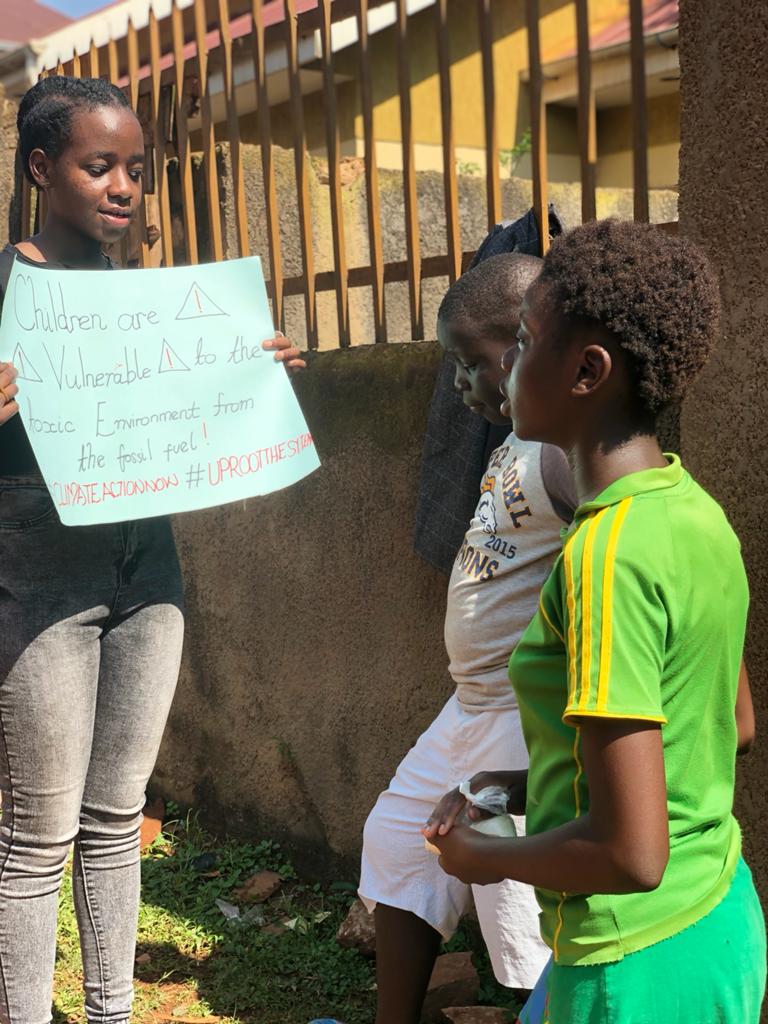
Note that today's middle-income, husband/wife households will spend 18 percent of that quarter million on childcare and education (not including the cost of college!), 31 percent on housing, and only 16 percent on food. (Only chumps spend money on baby food during that first year.) Also note that these statistics are per child not per family, so raising a pair of siblings will strip your household of considerably more money, plus dignity.
As for demographics, the USDA found that childrearing costs were highest in the urban Northeast, with middle-class families expected to spend as much as $18,000 on a child aged 15 to 17, up from around $15,000 for that same child when he or she is under two years old. Rural middle-class families, meanwhile, will spend an estimated $12K on an older child, up from about $10,500 when he or she is under 2.
Naturally, though, things are a little more expensive here in the Land of the $10 Latte; since it costs significantly more to live here than anywhere else, raising a child here will cost middle-class parents about twice the national average. "The food is more expensive, and the housing — the housing is just off the charts for you guys," USDA economist Mark Lino told the Post, noting that NYC's expected childrearing average will be about $500,000.
"The food is more expensive, and the housing — the housing is just off the charts for you guys," USDA economist Mark Lino told the Post, noting that NYC's expected childrearing average will be about $500,000.
According to NerdWallet, that cost could actually be as high as $540,514 when adjusted for cost of living; in Brooklyn, NerdWallet estimates the cost could be $400,951.
And that's for a middle-class family—while the average cost of living has continued to rise in NYC, the average middle-class income has dropped significantly this century. In 2013, the Times noted that middle-class income falls somewhere between $45,000 and $134,000 annually. That average range skyrockets to $80,000 to $235,000 for anyone seeking a middle-class "lifestyle." Then, of course, there are the designer clothing-clad children of NYC's upper crust, terrorizing all the "poors" with their anonymous gossip websites and private planes. Time to open an American Museum of Natural History outpost in Downtown Waterbury, Vermont, everyone.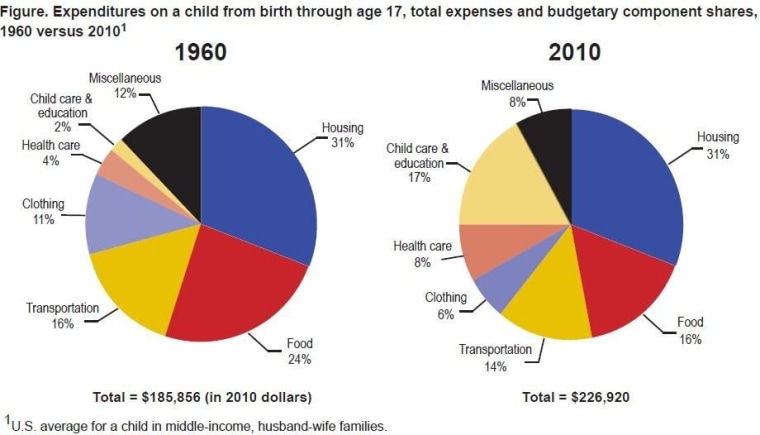
Tagged
children
cost of living
expensive
manhattan
usda
Rebecca Fishbein
Read moreGothamist is funded by sponsors and member donations
Gothamist is funded by sponsors and member donations
MORE news
Number of people in NYC shelters hits highest number in decades
The record comes after nearly 17,000 asylum seekers from the southern border arrived in the city.
By
Gwynne Hogan
Published Oct 11, 2022 at 4:35 p.m.
Extra Extra: If you're a tourist, New York City wants your money
Because the mayor insists, here are your end-of-day links: $40 million counterfeit designer scheme on Long Island, "A Strange Loop" on Broadway is ending, iPhones keep thinking a roller coaster is a car crash, Blink-182 got the band back together, King Charles receives the orb next spring, and more.
By
James Ramsay
Extra Extra: If you're a tourist, New York City wants your money
Because the mayor insists, here are your end-of-day links: $40 million counterfeit designer scheme on Long Island, "A Strange Loop" on Broadway is ending, iPhones keep thinking a roller coaster is a car crash, Blink-182 got the band back together, King Charles receives the orb next spring, and more.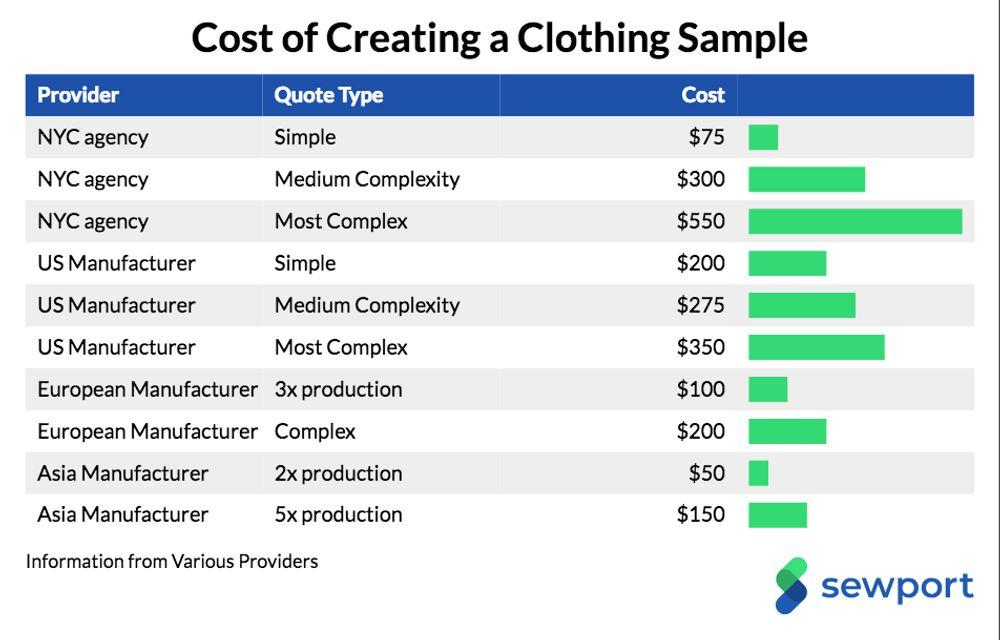
By
James Ramsay
Get the news New Yorkers need in your inbox
Catch up on the most important headlines of the day with a roundup of essential NYC news, delivered to your inbox every day at 5pm.
How much does it cost to raise a child in the US?
- chervonec_001
-
This story is told by Nina O. from New Jersey, who moved overseas with her husband from Minsk in the 1990s.
When among Americans I mention that in the Soviet Union mothers received a year of paid leave after the birth of a child, no one believes me.
In the US, pregnant women save up their vacation days to spend more time with their newborn. As a rule, they are taken away to give birth directly from work.
The other day (October 2017), all television channels showed a TV presenter who was at work for up to 9 months and whose birth began right during the program, but “she courageously brought the program to the end.
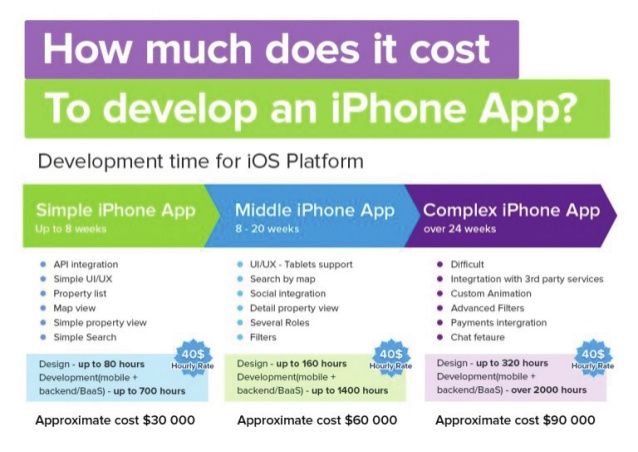 ” She was spoken of as a hero. Unfortunately, this is a common occurrence and there is nothing to be proud of.
” She was spoken of as a hero. Unfortunately, this is a common occurrence and there is nothing to be proud of. By law, after a child is born, one parent can take up to 12 unpaid weeks. Some companies pay for those 12 weeks, but more than half don't.
So the minimum maternity leave is only 12 weeks. Those living in California are lucky - they can add 6 more weeks to these 12 weeks. And if you are lucky with the employer, then after the birth of the baby you can sit with him for half a year.
More often than not, mothers have to take such a three-month-old baby to day care. Nurseries are very expensive, as in New Jersey, nurseries cost 11-14 thousand a year. For comparison, the average salary in the US is about $3,500.
In the first year after the birth of a child, a family spends at least $21,000 on a child.
In January 2017, the Department of Agriculture published the following information: if in 2015 a child was born in a family with an average income, then the family will pay 233 thousand to raise him to 17 years (excluding the cost of education - college).
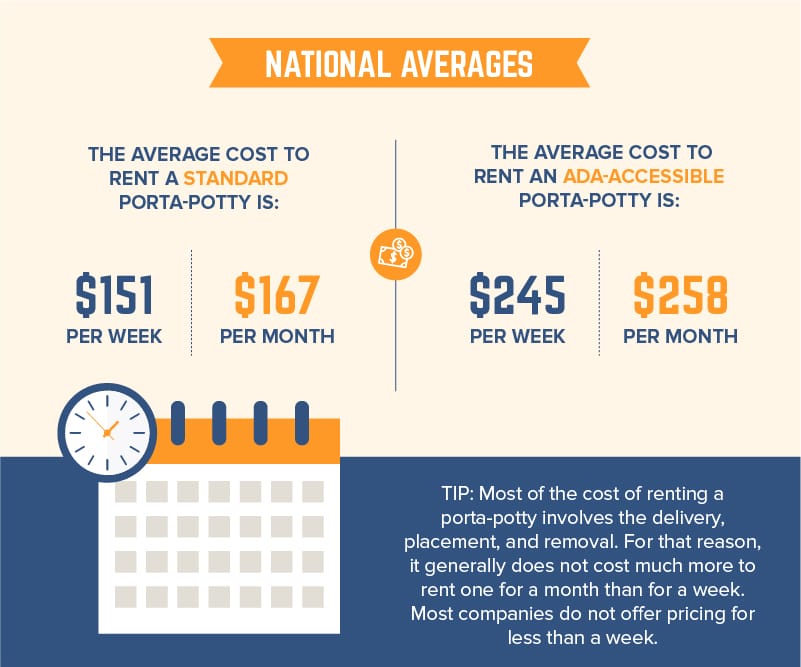
Now consider how much college (4 year university) costs.
Mid-range university costs:
Out-of-state public (4-year course) $23,000 per year
Private (4-year course) $32,000 per yearStudying at a renowned university with a chance for a better career in the future:
New York University (NYU) costs $63,000 per year;
Northeastern University (NorthEastern University) - $62,000 per year;
· Northwestern University (NorthWestern University) - $70,000 per year.Tynts
Well, now take a calculator and calculate how much it costs to raise one child in the States.
Tags: USA, their life
November 9, 2017
-
For Ukrainian philatelists
Buy now, later it will be more expensive! Ukrposhta guarantees.
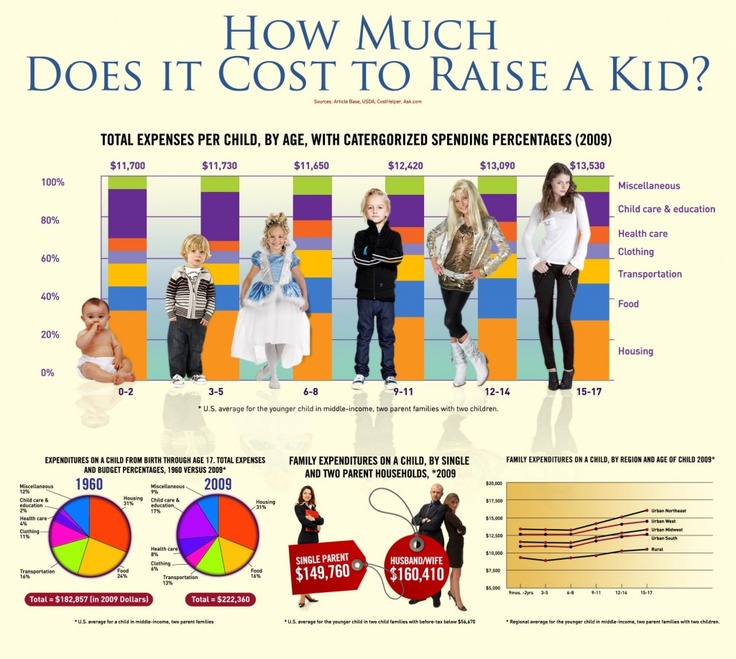
-
Missiles that are "long gone"
Intermediate results of missile strikes 10/11/2022 The infrastructure of cities was hit: - Zaporozhye - Ochakiv - Vinnytsia - Krivoy Rog -…
-
Losses of Ukrainian infrastructure
Experts began to calculate the losses of the Ukrainian side in heat generation and electricity generation after yesterday's strikes by the RF Armed Forces on facilities .
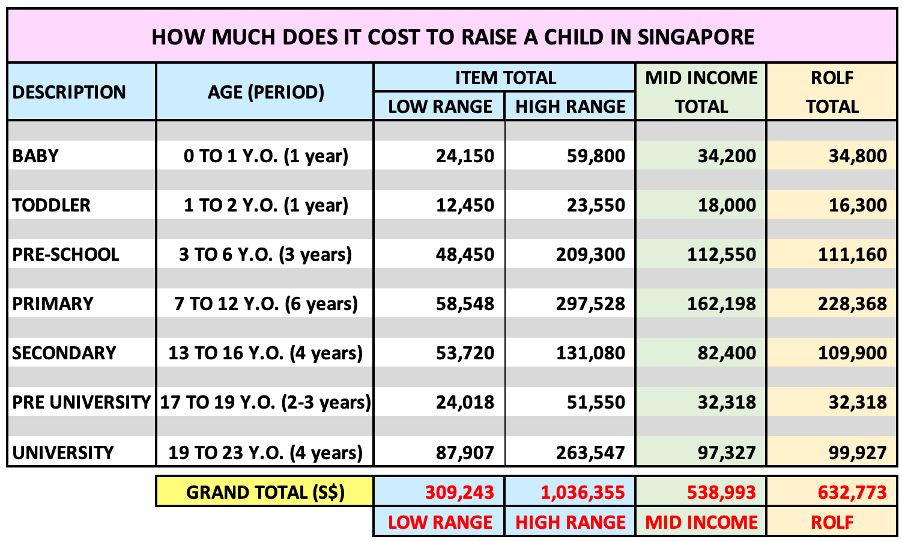 ..
.. -
Ukrainian TG channels give hints to Putin
Surprisingly, Ukrainian sources tell Putin how relatively painlessly and relatively quickly Moscow can decide in its favor...
-
Josep o w@ne
Here Josep Borrell shared his innermost: “Our well-being was based on cheap energy from Russia.
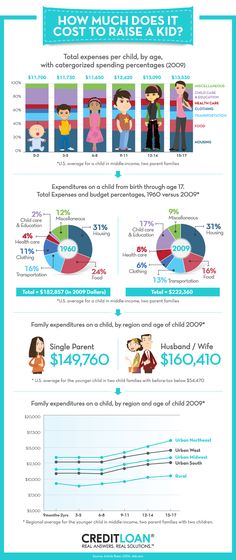 Obviously, today we need to look for others ...
Obviously, today we need to look for others ... -
Dark
The Ukrainian night is quiet, but it is better to hide the salo Lvov in the photo. 10/10/2022 The city is now an ideal location for filming horror films. Dark,…
when women stop bearing and giving birth to children
Elizabeth Console news editor
Researchers believe that in the future humanity will begin to develop an embryo outside the uterus: it will be able to go through the process from fertilization to birth without human intervention.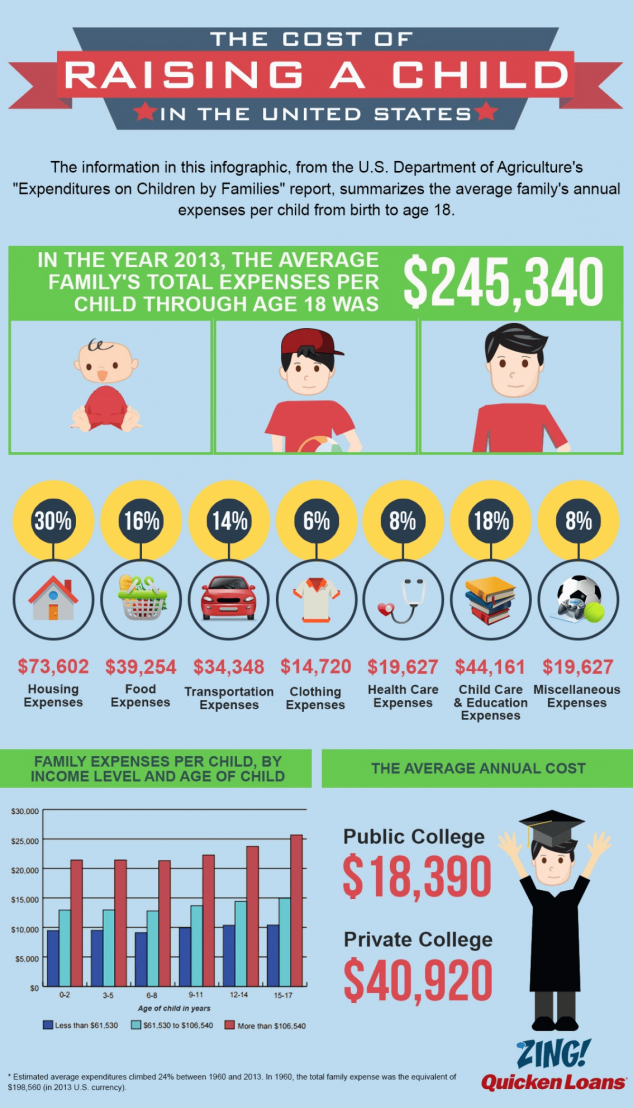 Hi-Tech looks into how childbirth and pregnancy will change in the future, and what will happen if people stop using their bodies to raise a child.
Hi-Tech looks into how childbirth and pregnancy will change in the future, and what will happen if people stop using their bodies to raise a child.
Read Hi-Tech in
First an incubator, and then a biobag and an artificial uterus - this is how technologies that preserve the fetus and help it develop evolve.
How did the idea come about not to bear children, but to raise them separately from the mother's body?
Obstetrician Stéphane Tarnier came up with the first idea to create a human incubator in 1880: outwardly, the design resembled a wooden box, in which there was a special cell for storing containers with warm water. They called him a kuvez. A simple device has reduced infant mortality by almost half.
After 80 years, more serious experiments began in this area. Biologists wanted to replicate the functions of the human uterus, which bears a fetus.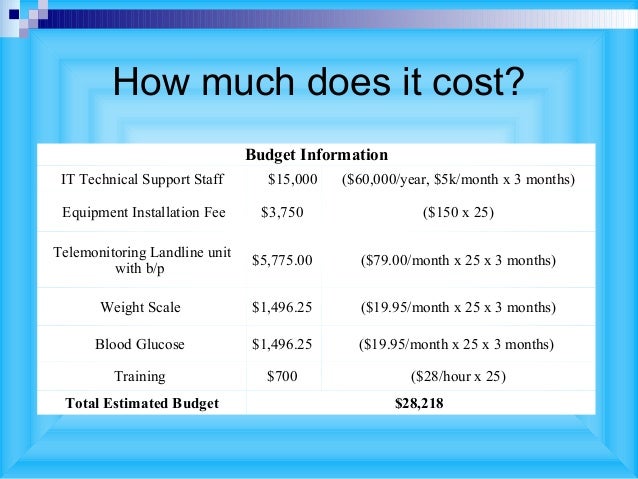 For this, embryos of rabbits, lambs and goats were used. The researchers decided that it would be cheaper to transport valuable biomaterial from one continent to another.
For this, embryos of rabbits, lambs and goats were used. The researchers decided that it would be cheaper to transport valuable biomaterial from one continent to another.
Fertilized sheep eggs were implanted in female rabbits who were sent from England to South Africa at a cost of only $8 per "passenger". On the spot, the embryos underwent another transplant - now into sheep's wombs. A few months later, several lambs were born.
But the idea did not end with success - the fruits died from infection, system failures and many other factors.
How do modern incubators work?
Modern obstetricians actively use incubators; not a single obstetric facility can do without them. Such incubators can monitor the parameters of the body, track even minor changes in the child's condition and temperature around the clock.
Babies can stay in the incubator for up to three to four months.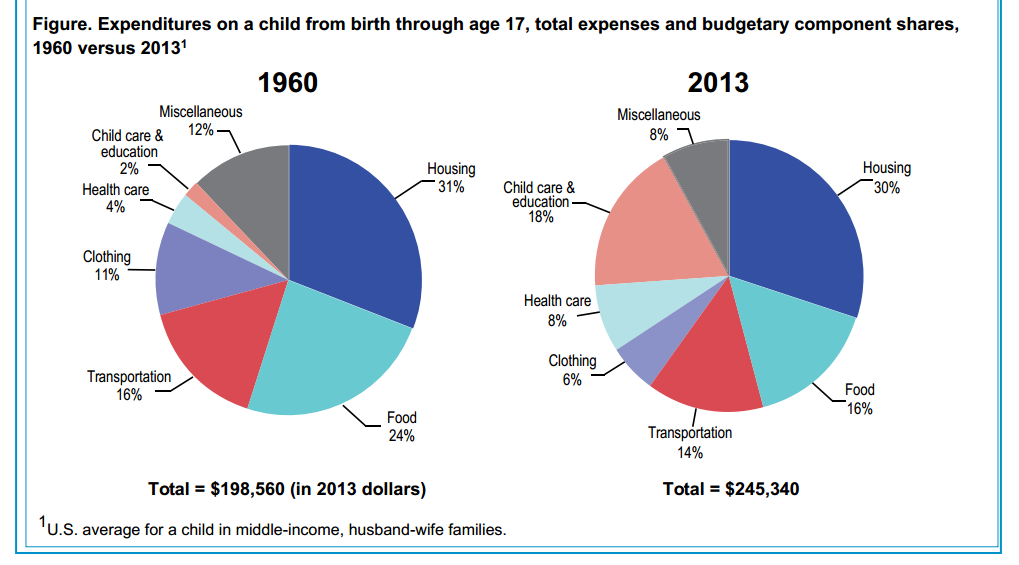 The device simulates conditions that are as similar as possible to those in utero. The main thing is to create the optimal temperature to maintain heat exchange. Do not overheat or overcool the child.
The device simulates conditions that are as similar as possible to those in utero. The main thing is to create the optimal temperature to maintain heat exchange. Do not overheat or overcool the child.
What is an artificial womb and a biobag?
Whatever the attitude towards pregnancy and childbirth, the advent of artificial uterus technology, in other words, ectogenesis, can completely change it. This technology promises many medical benefits: women who have pregnancy complications will be able to transfer the fetus to an artificial womb and reduce the risks to themselves and the baby. And premature embryos will be able to continue their development in an artificial uterus and be born on time.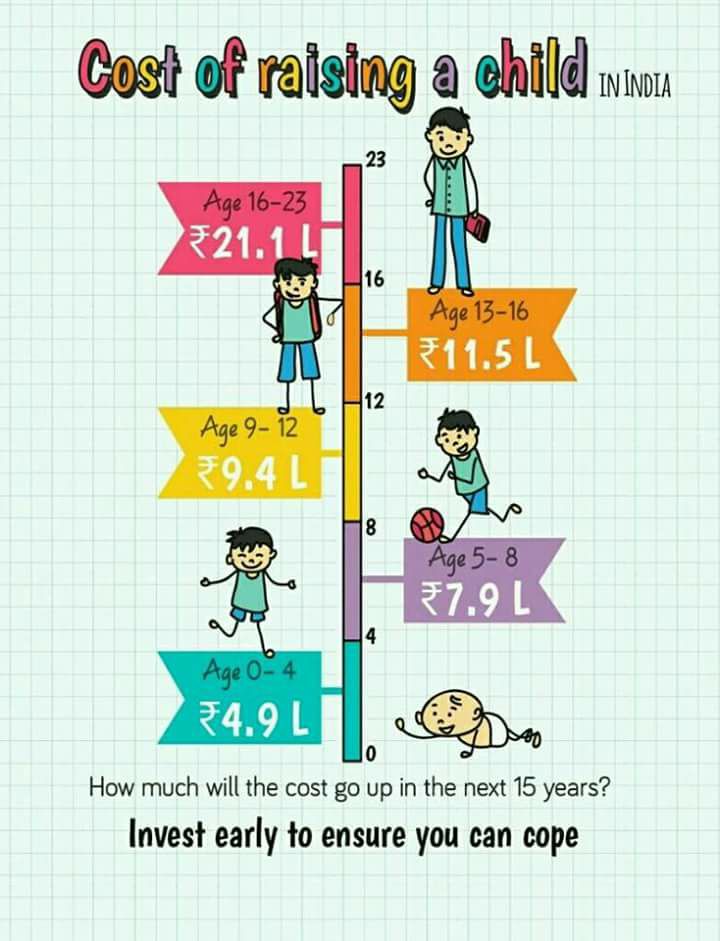
Researchers have created a biobag and an artificial womb to continue the life of the fetus outside the womb. Both devices work in a similar way. Usually this is a prototype of an artificial uterus, which was used as an ectopic device, where the life of premature fetuses was supported.
In 2017, US researchers published a paper claiming to have successfully tested an artificial womb. She raised premature lambs for four weeks. By design, this is a plastic bag that is filled with an analogue of amniotic fluid, in other words, amniotic fluid. The fetus receives oxygen and other necessary substances through the umbilical cord.
Scientists transferred premature lambs that were 15-17 weeks of development into the system. Normal pregnancy in sheep lasts 21 weeks.
Are there similar studies in this area?
Yes, scientists from Israel have advanced the furthest in this direction: in 2021, they raised mouse embryos - with a working heart and brain - from five-day-old embryos consisting of only 250 cells.
The researchers raised mouse embryos in glass vials filled with nutrient fluid. The composition of this liquid included blood serum taken from the human umbilical cord. The glass vials were constantly shaken to prevent the embryos from sticking to the walls and becoming deformed. The ventilation apparatus supplied the embryos with an oxygen mixture under pressure. Before, scientists have never been able to grow embryos to such a state without a living uterus.
Researchers are now considering how to conduct a similar experiment with a human embryo.
In 2019, scientists from the Netherlands said they would need about 10 more years to create the first artificial womb.
What is the problem with artificial womb and biobag?
It is not yet possible to state that an artificial uterus can be used for premature babies. One of the limitations is the level of brain formation. Early experiments with lambs assumed a higher level of brain development, so in theory it would be much more difficult to create an artificial womb for a child than for an animal. Also, the lamb and the child are of different sizes, so the device will not be universal.
One of the limitations is the level of brain formation. Early experiments with lambs assumed a higher level of brain development, so in theory it would be much more difficult to create an artificial womb for a child than for an animal. Also, the lamb and the child are of different sizes, so the device will not be universal.
What will artificial rearing of children lead to?
Improvements in the biobag and artificial womb will make it possible to grow embryos from the earliest stages. This will make the natural process of pregnancy unnecessary.
Scientists say that this format may be even safer for the baby: for example, the contact of the fetus with alcohol and drugs that a pregnant woman can take is excluded. The need for surrogate motherhood will also disappear.
Canadian-Russian programmer Vitalik Buterin, co-founder of the Ethereum crypto project, proposed to save women from the “heavy burden of pregnancy” with the help of synthetic wombs.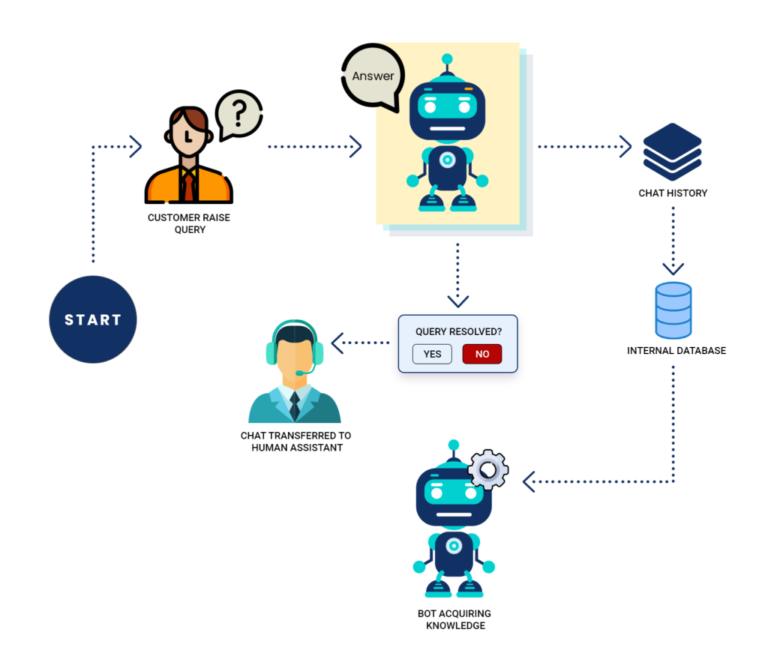 He cited a 2018 Vox article that reports a marked drop in women's income after having their first child:
He cited a 2018 Vox article that reports a marked drop in women's income after having their first child:
Disparities in economic success between men and women are far larger once marriage+children enter the picture. Synthetic wombs would remove the high burden of pregnancy, significantly reducing the inequality.https://t.co/Zpin8tTlR6
— vitalik.eth (@VitalikButerin) January 18, 2022
It is not yet known how such a gestation procedure will affect the fetus, perhaps a certain cocktail of hormones, sounds from the outside, touching the stomach form a healthy child, and inside the artificial uterus he will lose it. Based on experimental animals (for example, lambs), it is difficult to track the factors that critically affect the future person.
Read more
Hydrogen-powered hypersonic aircraft develops speeds up to Mach 12.
